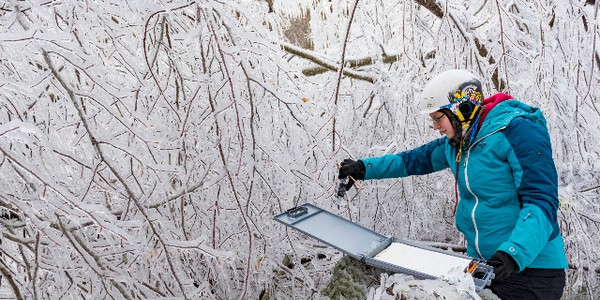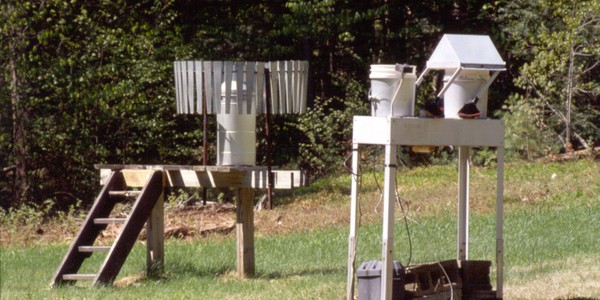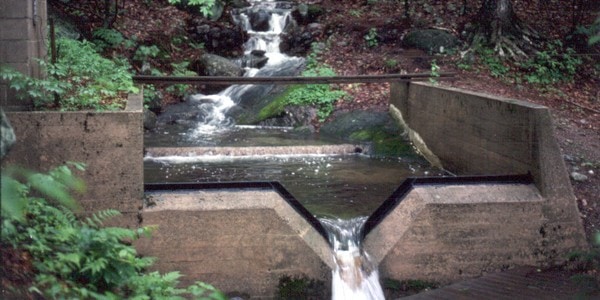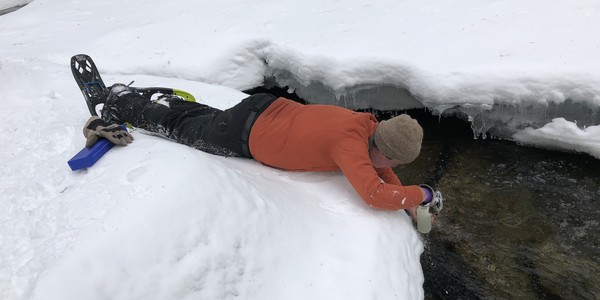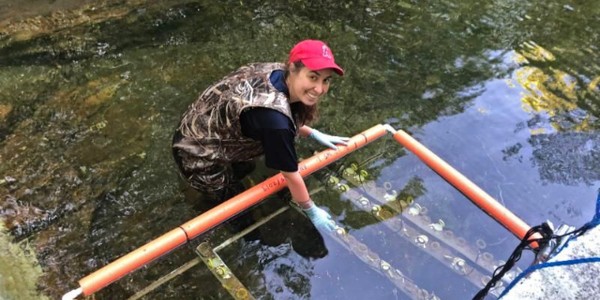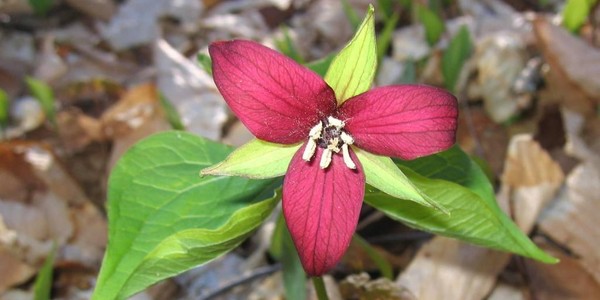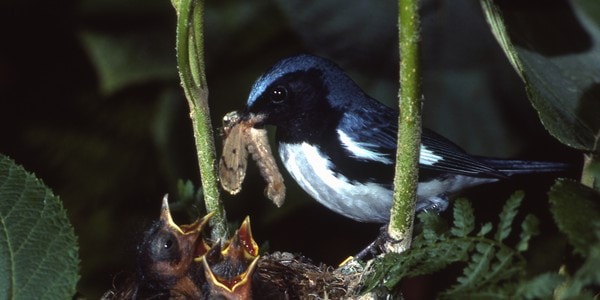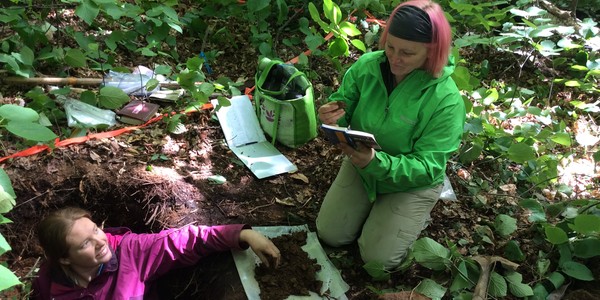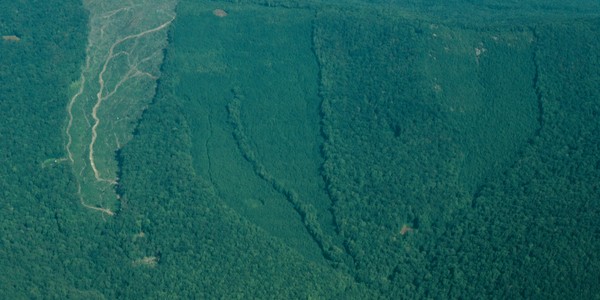Explore the topics below for a general overview of some of the major research themes at Hubbard Brook.
For more detailed and comprehensive information, please visit the Online Book: A Synthesis of Scientific Research at Hubbard Brook.
Climate Change
Using long-term records of air temperature, precipitation, stream temperature, streamflow, snowpack, and lake ice cover we study how the forest ecosystem at Hubbard Brook is responding to a changing climate.
Changing Atmospheric Chemistry
We study how forests and streams respond to changes in the chemistry of the atmosphere, particularly declines in air pollution brought about by federal restrictions on emissions.
Hydrology
We study the quantity and quality of water moving through the ecosystem by measuring precipitation, stream flow, and water chemistry at each control and treated watershed.
Nutrient Dynamics
We study how nutrients cycle through forests and streams, examining the roles of both geologic and biological factors in element fluxes.
Stream Ecology
We study streams as discrete ecosystems within the broader Hubbard Brook landscape, and we study how stream ecosystems interact with the terrestrial ecosystems that surround them.
Vegetation
We study the structure and composition of the forest at Hubbard Brook, tracking the predominant forest vegetation types by decadal measurements of all trees greater than 10 cm in diameter on 371 permanent plots.
Animals
We study the biodiversity and food webs of the forest and streams at Hubbard Brook. We have one of the longest running studies of migratory songbirds in the world, initiated in 1969.
Soils
We study the development of forest soils, soil fertility, soil biology, and soil carbon sequestration.
Ecosystem Disturbance
We study how forests and streams respond to disturbances, both natural and human-caused.

